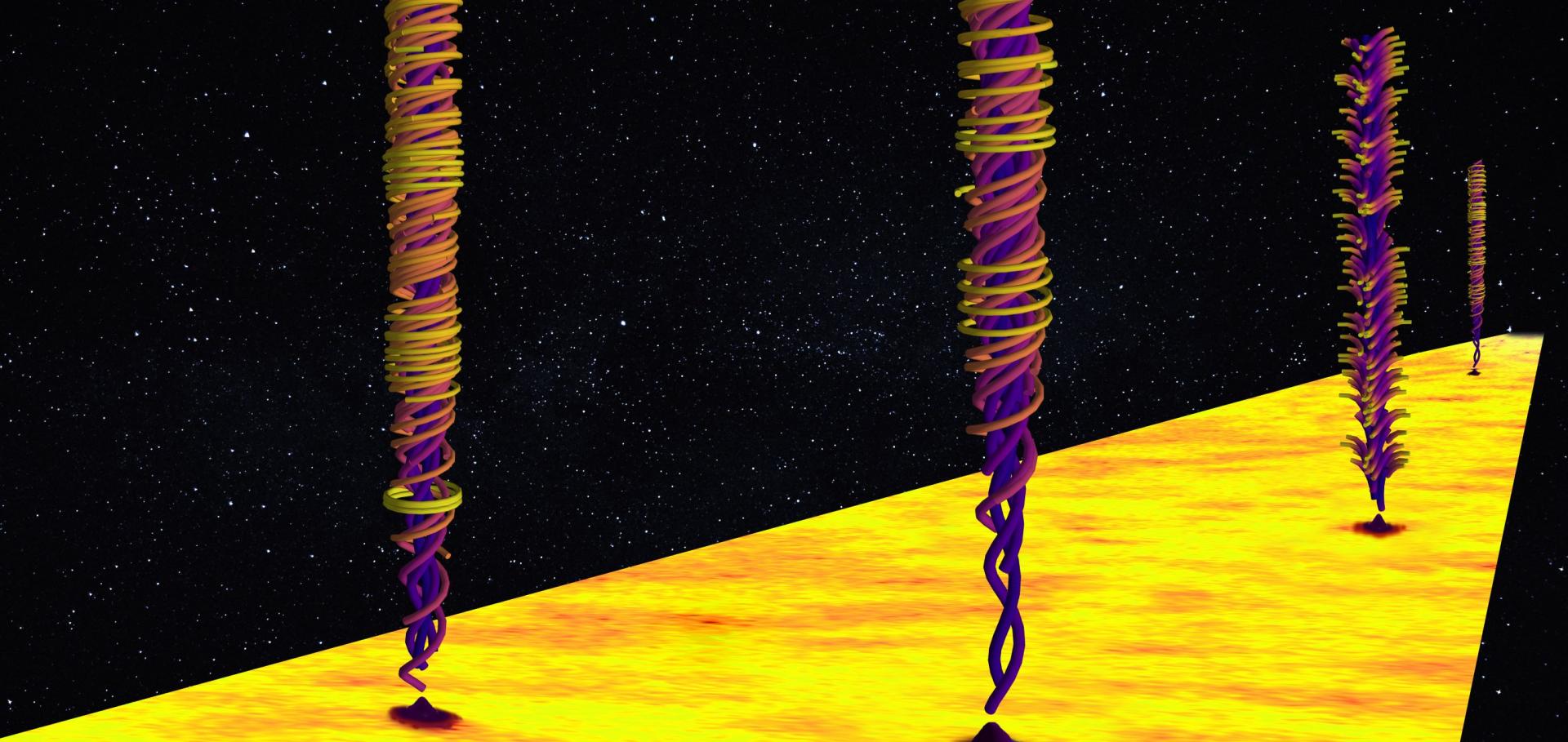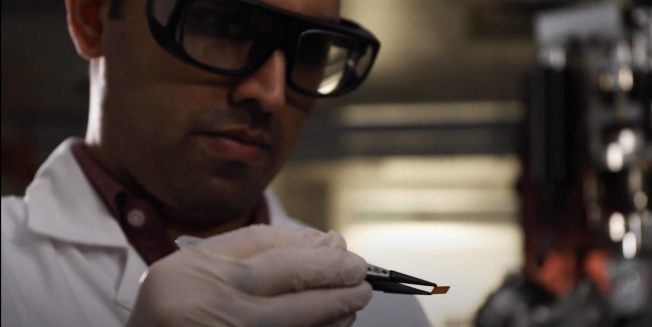Nanostructured Iron Vanadate Photoanodes with Enhanced Visible Absorption and Charge Separation
ACS Applied Energy Materials American Chemical Society (ACS) 5:3 (2022) 3409-3416
Modern Physics demonstrations with DIY Smartphone Spectrometers
(2022)
Modern Physics Demonstrations with DIY Smartphone Spectrometers
The Physics Educator World Scientific Publishing 04:01 (2022) 2250003
A route towards stable homochiral topological textures in A-type antiferromagnets
(2021)



